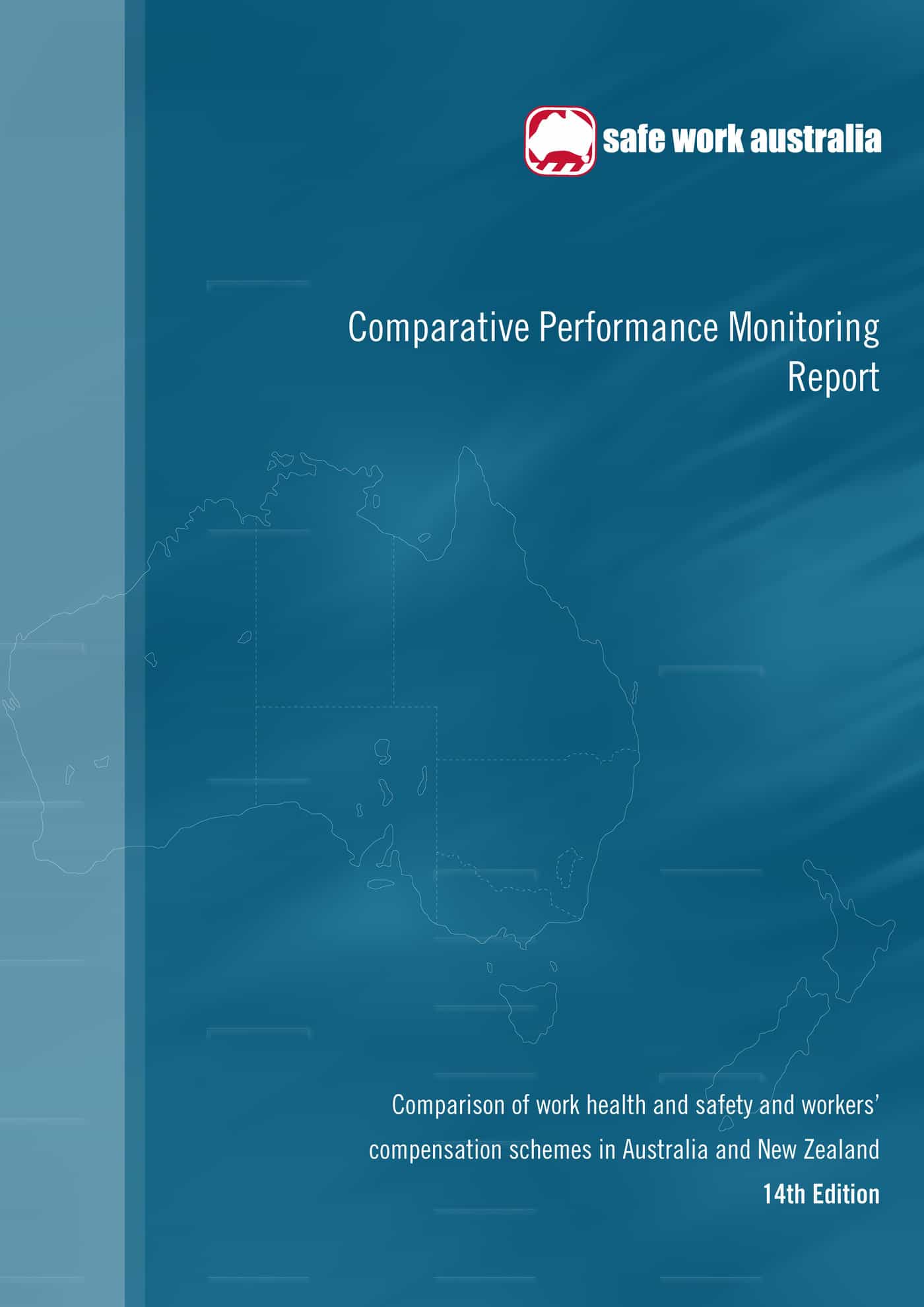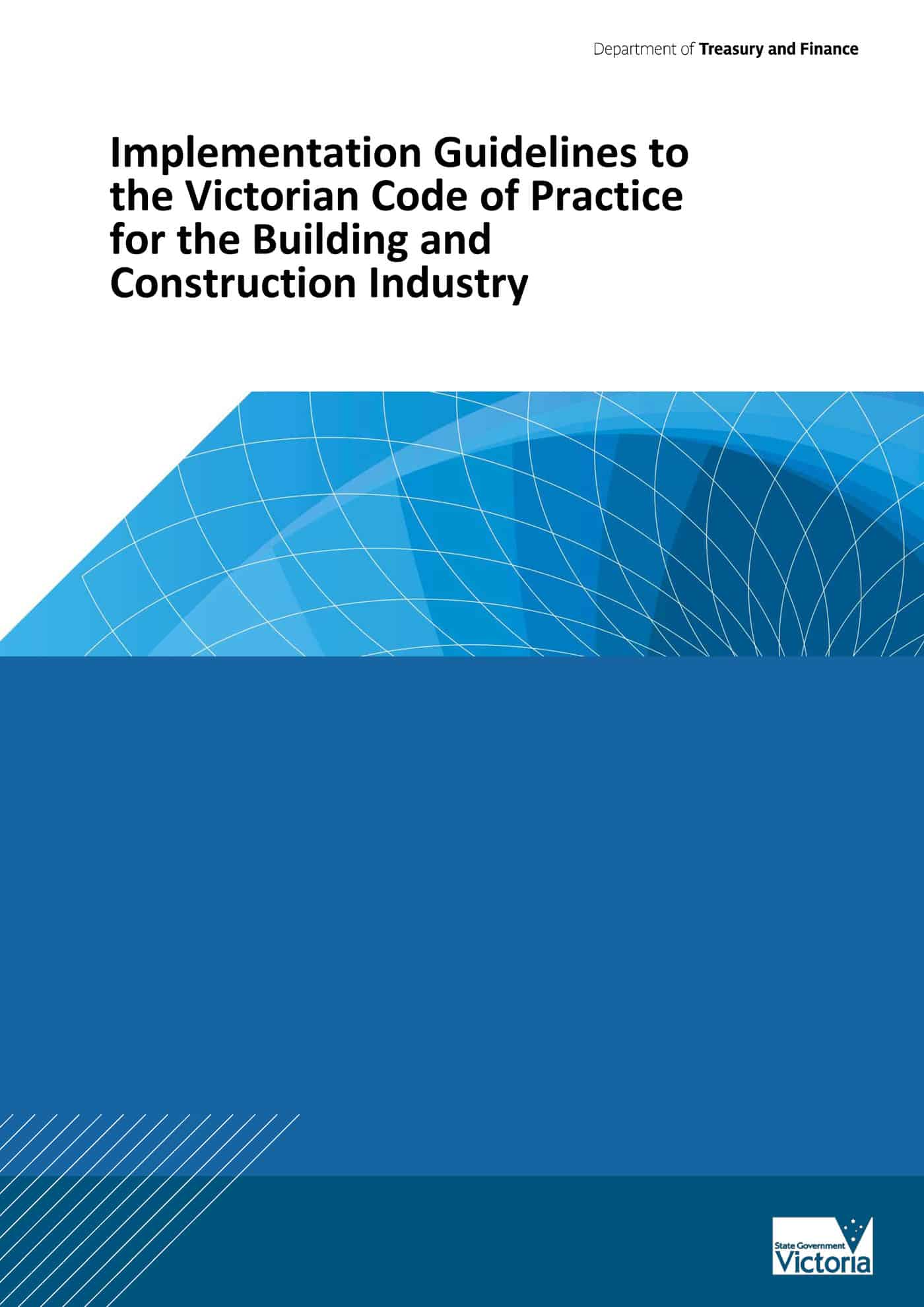The topic of culture is a critical consideration in the improvement of occupational health and safety (OHS). Each company should be aiming for a an active and healthy workplace and safety culture but the term “culture” continues to be difficult to define and poorly understood by the community.
SafetyAtWorkBlog has written about the culture discussion as it relates to

 During last week’s conference session on occupational health and safety and industrial relations,
During last week’s conference session on occupational health and safety and industrial relations, 

